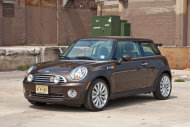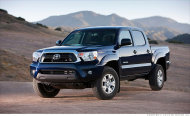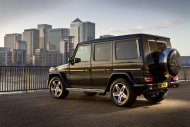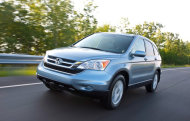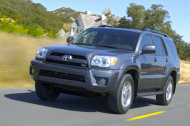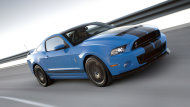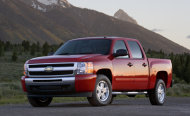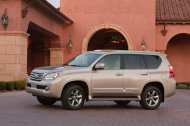Announcing the rebirth of the Honda NSX: one of the most iconic sports cars of the 1990s will return in 2015 as an American-built Acura with all-wheel-drive and an electric-enhanced rear engine. Here's a hybrid to get excited for.
The NSX represented the pinnacle of Honda's sports heyday of the 1980s and '90s. Launched with input from Formula One great Ayrton Senna, the NSX set a brace of technological firsts -- from its aluminum monocoque frame to the variable valve timing that would become a standard on engines worldwide. The NSX wasn't the fastest or most-powerful supercar, but reflected Honda's balance between power, weight and handling -- a sweet spot that few cars have ever achieved.
Honda mulled replacing the NSX for years with a V-10 powered successor, but the company soon embraced smaller engines and a tight focus on fuel efficiency. Somewhere along the way, it also lost a piece of the racing spirit that birthed the NSX, unleashing a string of unsuccessful to ungainly models that offered little over their competitors.
After last year's update of the Honda Civic -- a freshening that did little to improve the car's weakening position against tough competition -- Honda's executives vowed to revive the company's soul. The new NSX, to be sold under the Acura brand, shows they're serious enough to design the most attractive Acura ever.
The concept retains the mid-engine V-6 layout of the original NSX, but adds in a new Honda all-wheel-drive system that relies on electric motors to power the front wheels. As with its predecessor, Honda vows the NSX won't rely on brute force, but combine lightweight materials with high technology for supercar performance and respectable fuel economy.
If there's a disappointment here, it's that Honda has held back several key details about the NSX concept, including the power its engines and electric motors will generate. But the U.S.-based team developing the NSX for production in Ohio has three years to get it right.


